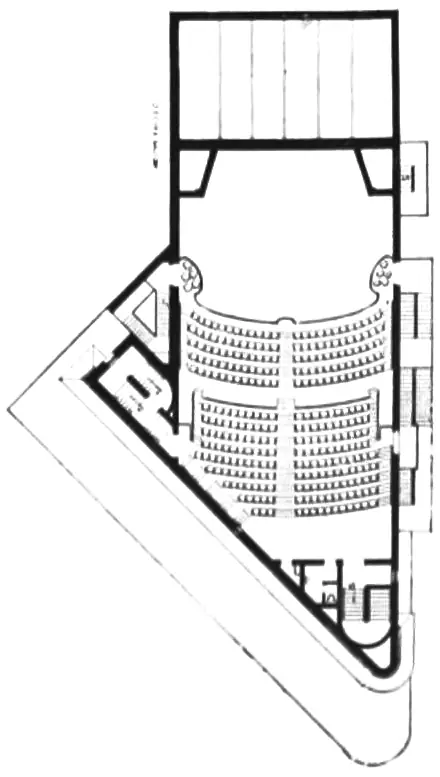
The Alcoa Building, designed by Harrison & Abramovitz and built in 1953, was supposed to revolutionize skyscraper design.1 It didn’t, but it had some interesting innovations—swivel windows that could be cleaned from the inside, for example, and of course its aluminum cladding, which was in effect a huge billboard advertising Alcoa’s product. This building did have one important and lasting effect on Pittsburgh: it brought Harrison & Abramovitz into the city, and our skyline would certainly be very different without their work.
Alcoa moved across the Allegheny in 1998, and for a while this was called the Regional Enterprise Tower, but now it holds luxury apartments instead of offices and is calling itself the Alcoa Building again—or, to give the marketers’ full name for it, the Residences at the Historic Alcoa Building.
To old Pa Pitt this building always looks like a stack of 1950s television sets.
- See this article on Mellon Square at the Society of Architectural Historians’ Archipedia. ↩︎
















